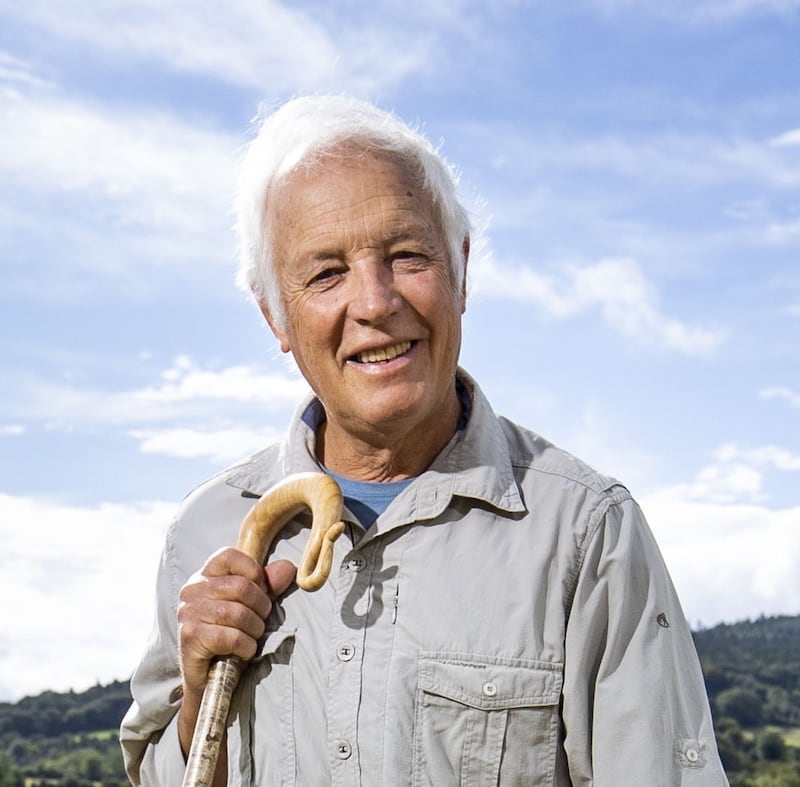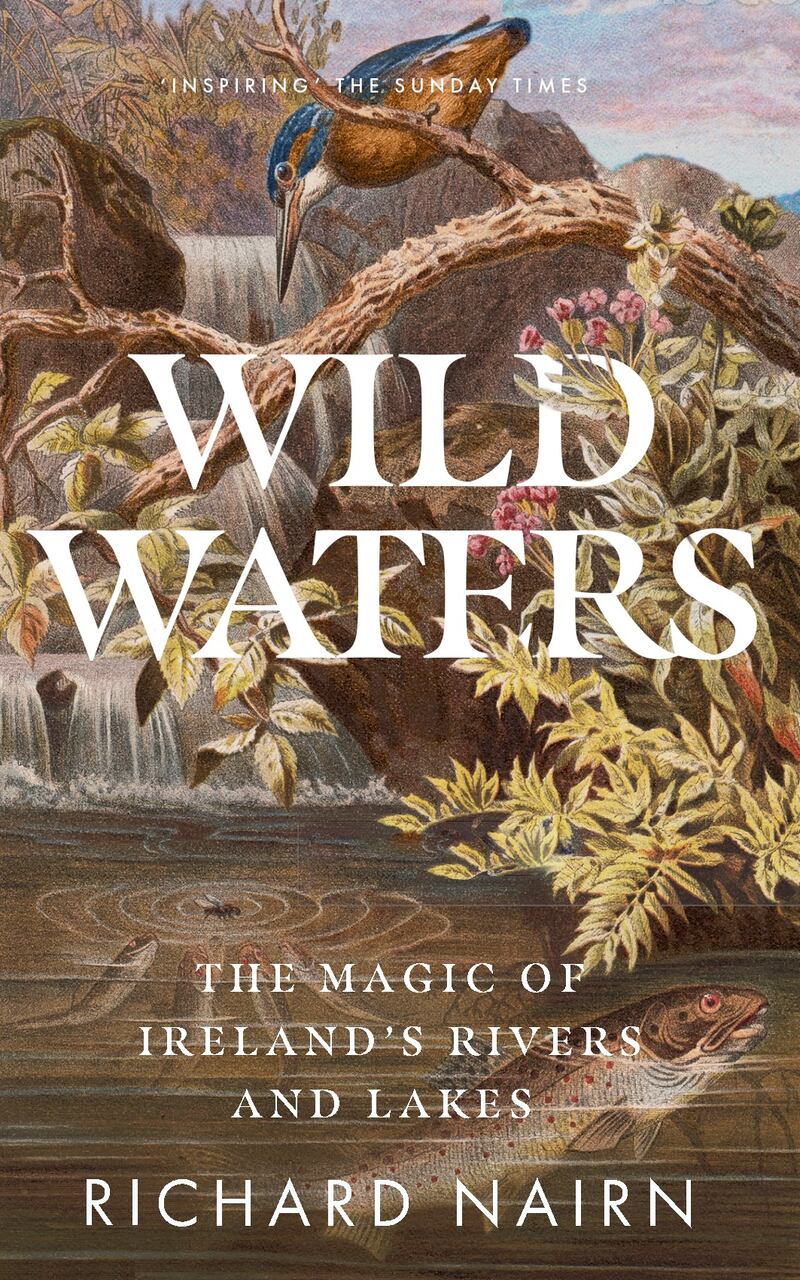When I stand beside the clear bubbling water of the river that flows through our farm in Co Wicklow, I look up to the hill where it rises, a rocky summit covered in heather and gorse. Here the water trickles from springs and boggy hollows to coalesce in several small streams that eventually form a single channel. Generations of local farmers used the river to water their livestock and drained their wetter fields to ensure that the water ran more quickly down the slope. In times of heavy rainfall, the river becomes a raging torrent, carrying brown peaty water off the hill, down the valley and through the village. The debris of fallen branches and leaves is washed downstream, gravel beds are washed clean of silt and the floods allow trout and salmon to move upstream to their traditional spawning grounds. It is likely that the river has been running here, just like this, since the last glaciers retreated many thousands of years ago. As Karine Polwart sang, ”while kingdoms come and kingdoms go, rivers run and rivers flow”.
There is a legend that all the Irish rivers were created by a single hailstorm. It is an example of the mythology that surrounds many of our natural waterways, the rivers and lakes, streams and springs. Even the names of Irish rivers have their origins in folklore. There are religious overtones too, as the Goddesses of the Tuithe de Danann were worshipped as symbols of life while others derive from legendary characters such as Finn MacCool, the Fir Bolg and the Children of Lir. The goddess Boen is the character after whom the River Boyne is named. The Shannon is named after the goddess Sionnan, granddaughter of Manannán mac Lir, the Son of the Sea. Sionnan means “possessor of wisdom”. She is said to have eaten the Salmon of Knowledge and thus became the wisest person in the world. Whatever about the origin of these stories, the facts surrounding the real origins of the rivers are equally fascinating.
[ Adventures of a sea god – An Irishman’s Diary about Manannán mac LirOpens in new window ]

When you look at a map of Ireland showing all of the rivers, each one appears like a cluster of upturned tree roots with a large and complicated network of channels. Moving upstream, the larger roots divide again and again into more and more tributaries so that the smallest streams are like the mass of fibrous roots that gather water for a tree. These first- and second-order streams make up three-quarters of the river network, with only about 85,000 kilometres of these smaller watercourses mapped so far. Tiny drainage ditches that do not feature on the map at all would probably double the total length of channel.
In the midst of the pandemic, I decided to get to know the entire Avonmore river in Co Wicklow, all of its tributaries, the lakes that are fed by the rivers and the beautiful habitats that fill many of the valleys. The main channel of the river is some 65 kilometres in length. Downstream of the Meeting of the Waters it is known as the Avoca River. The entire catchment contains many different landscape types, mountain bogs, valleys carved by glaciers, deep ribbon lakes, old woodlands, modern forestry plantations and beauty spots, some scarred by mine waste and industrial pollution of the past. I wanted to see the wild plants and animals that live in these places and make the riverbank their home too. Along the river there is a scattered community including sheep farmers, foresters, large landowners, conservationists and people who value the peace and tranquillity that the river valley offers.
READ MORE

Over a year later, having walked and kayaked down the river from its source to the sea, I have seen its entire lifespan, from the vigorous rushing streams of the mountains to the sluggish, silty tide of the estuary. But the river has existed for many thousands of years, more than I can comprehend, from the melting of the glaciers, through the removal of its woodland cover and the mining of its minerals to modern times when some efforts are at last being made to bring nature back here. Following the river has led me into a rich treasure trove of hidden histories. It has also taught me how the river links the communities along its banks and how some visionary individuals can change the narrative from exploitation to restoration.

Richard Nairn is an ecologist and writer. Wild Waters by Richard Nairn is published by Gill Books, priced at €18.99

















